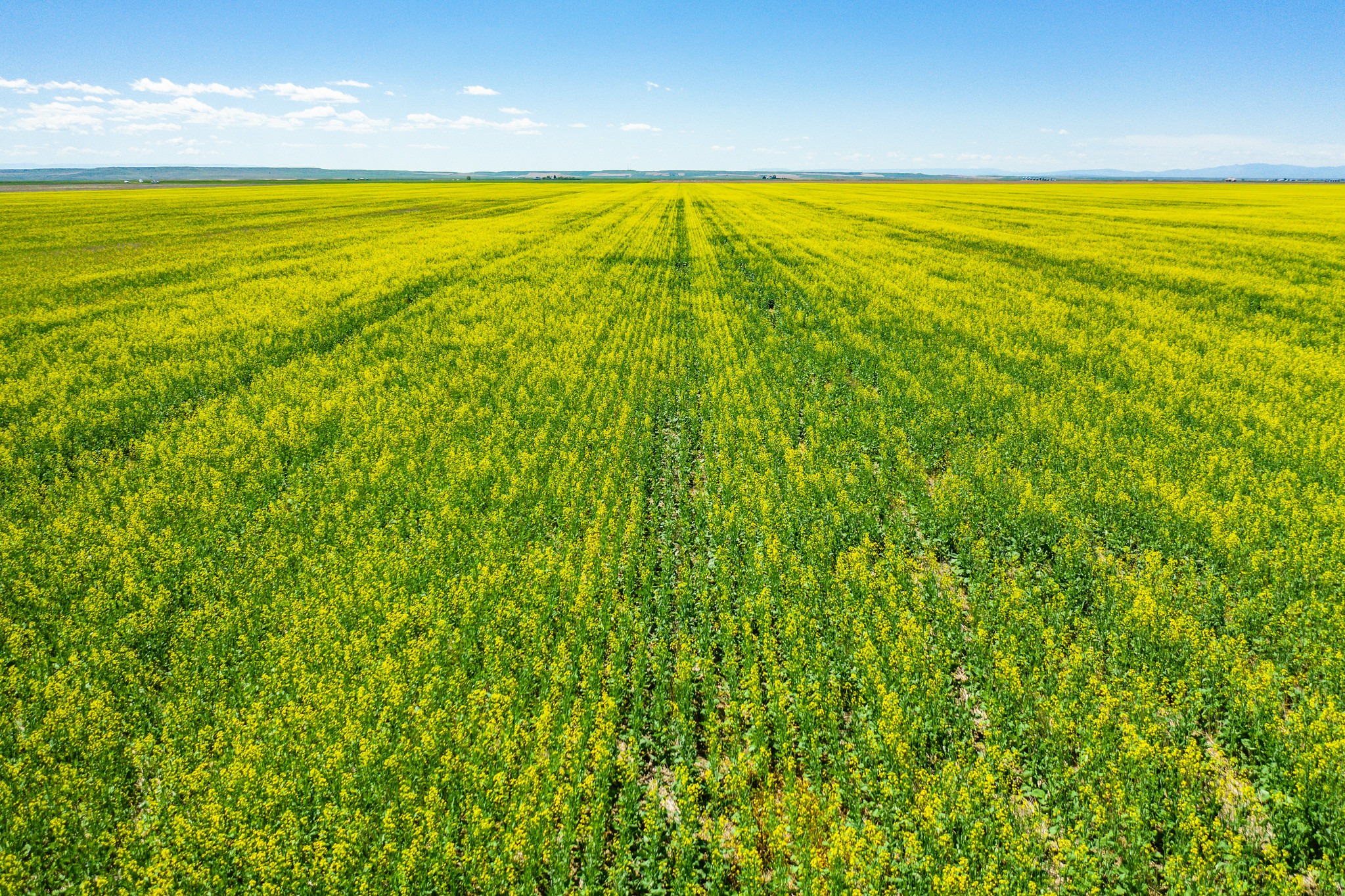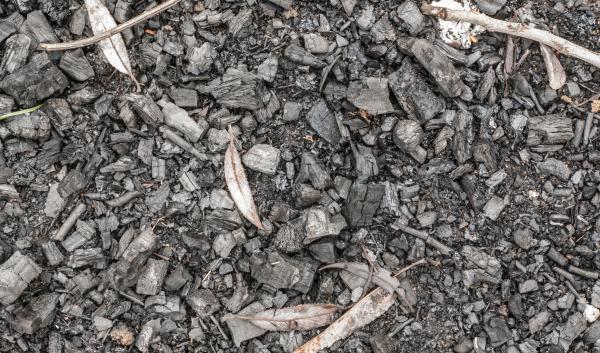Bioenergy
 Bioenergy is renewable energy derived from biological sources, to be used for heat, electricity, or vehicle fuel. Biofuel derived from plant materials is among the most rapidly growing renewable energy technologies. Conversion of biomass to liquid fuel is a method utilizing plant products from a variety of sources to create additional sources for energy from domestic sources.
Bioenergy is renewable energy derived from biological sources, to be used for heat, electricity, or vehicle fuel. Biofuel derived from plant materials is among the most rapidly growing renewable energy technologies. Conversion of biomass to liquid fuel is a method utilizing plant products from a variety of sources to create additional sources for energy from domestic sources.
USDA supports bioenergy research to help support the United State energy independence for developing liquid fuels from various plant materials. These materials can be more sustainable because they are developed from renewable sources: ethanol from wheat, sugar cane, molasses and corn, biodiesel from oilseeds and methane from manure; Woody materials from forests; and Grasses which can be co-fired with coal.
Continue to the full text Bioenergy in a Changing Climate or browse related content:
-
Using Woody Biomass Waste: Hand-Built Biochar Piles
Hand-built biochar piles provide a cost-effective soil amendment that can improve soil health and store carbon.
-
Biofuel Production
A description of the various processes to make biofuel and the type of fuel each process makes.
-
Biomass Energy
Biomass energy, or energy made from plant and animal products, is a source of renewable energy. It reduces our reliance…
-
Biochar
Biochar is a stable solid, rich in carbon that is made when organic waste material or biomass is partially combusted in…
-
Climate-Resilient Hazelnuts in Oregon and Washington
Hazelnuts are a climate-resilient crop that could expand Oregon’s market for food, livestock feed, and bioenergy.
-
Using Woody Biomass for Fuel and Energy in the Northwest
Leftover wood from harvest and fuel treatments can be a sustainable source of energy in the Northwest.
-
Agricultural Biomass for Biofuel
Biofuels created from food waste and non-food crops in the Northwest have the potential to support sustainable forms of…
-
Biofuel Production
A description of the various processes to make biofuel and the type of fuel each process makes.
-
Biomass Energy in the Northwest
Biomass energy, or energy made from plant and animal products, is a source of renewable energy. It reduces our reliance…










